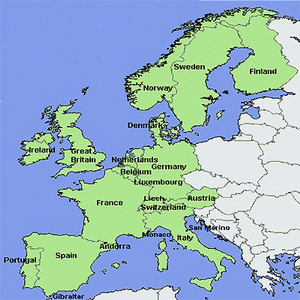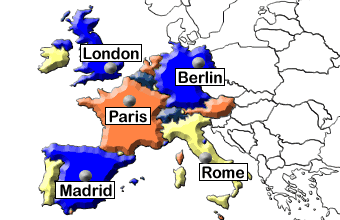 Previous
Previous

 Previous Previous |
 |
Next  |
|---|
Gomer

Biblical Locations
of the Lost Ten Tribes
Scriptural Proof
The Joseph Aspect
by Yair Davidiy
Biblical Evidence:
The Predicted Role of the Ten Tribes
| For articles concerning the identity of Gomer, Ashkenaz, Togarmah, and Riphat, see: Gomer the Gentile |
1. Became identified as the Cimmerians and company OR at the leastTHE GENEALOGIES OF GOMER AND HIS SONS:
2. merged with them and are to be found amongst peoples derived from Cimmerian-descended groups.
[Hosea 1:4]Jezreel is the name of a town and a valley. It was a place of significance in Israelite history. In prophecy its significance involves the meaning of its name from the root Yezer meaning to scatter. Jehu was an Israelite king. The name is pronounced is Yehu or Hu in short since the Ye-component is one of the names of God. In Welsh tradition, the Welsh were known as Gomri and as Cyrmy (i.e. Cimmerians) and were led by Hu from Drephrobane opposite Byzantium across the sea to Defene in Wales. In our book Ephraim we have shown how these traditions coincide with Jewish traditions about the Lost Ten Tribes. This is not an absolute proof but taken in context it is a legitimate indication and should be seen in both a Biblical and historical perspective.
AND THE LORD SAID UNTO HIM, CALL HIS NAME JEZREEL; FOR YET A LITTLE WHILE, AND I WILL AVENGE THE BLOOD OF JEZREEL UPON THE HOUSE OF JEHU, AND WILL CAUSE TO CEASE THE KINGDOM OF THE HOUSE OF ISRAEL.
 Previous Previous |
 |
Next  |
|---|